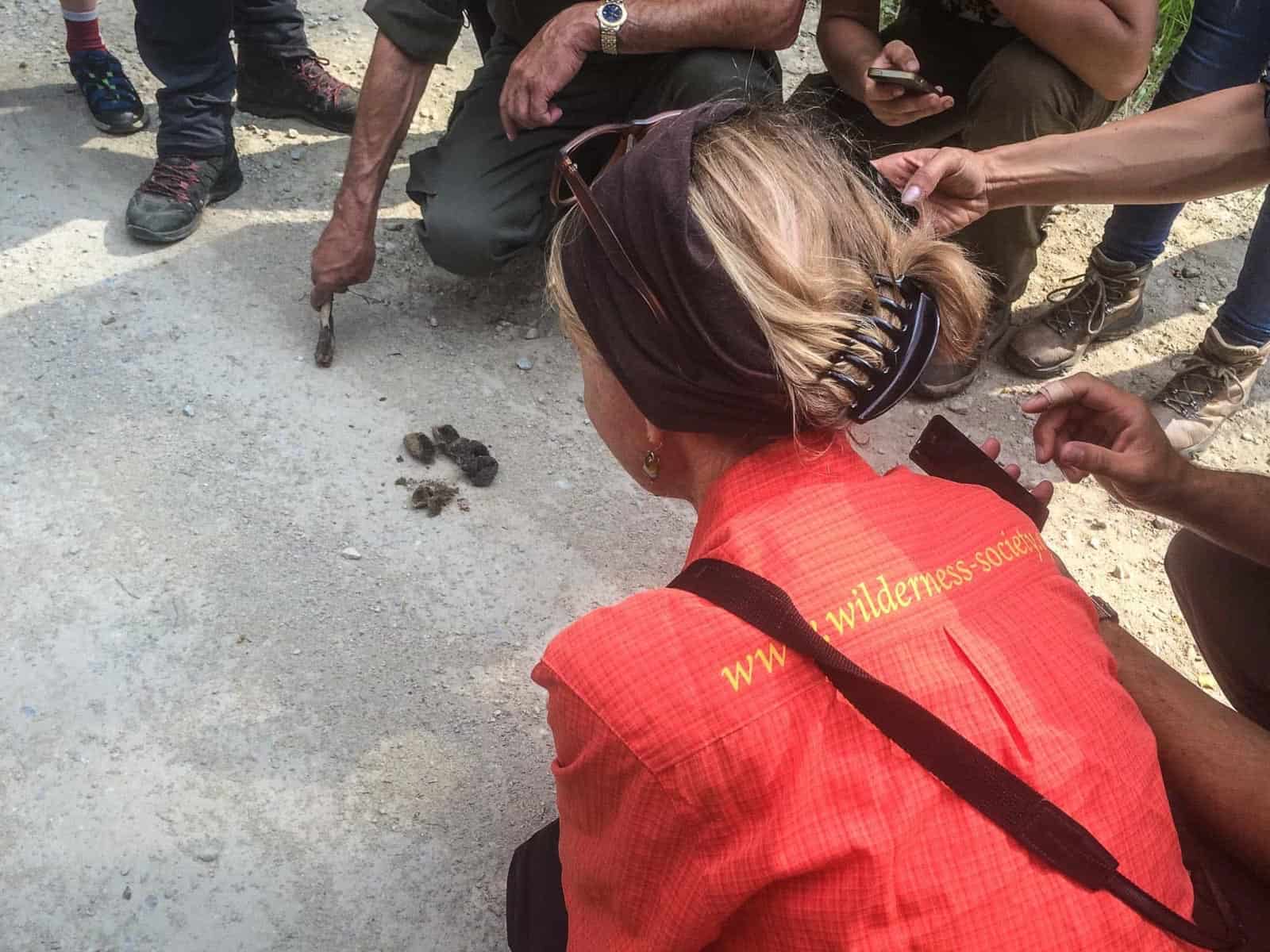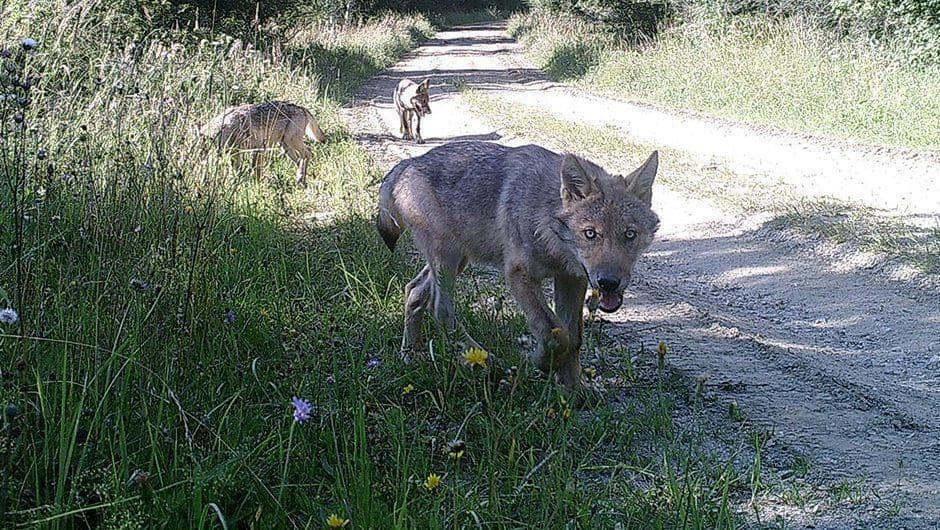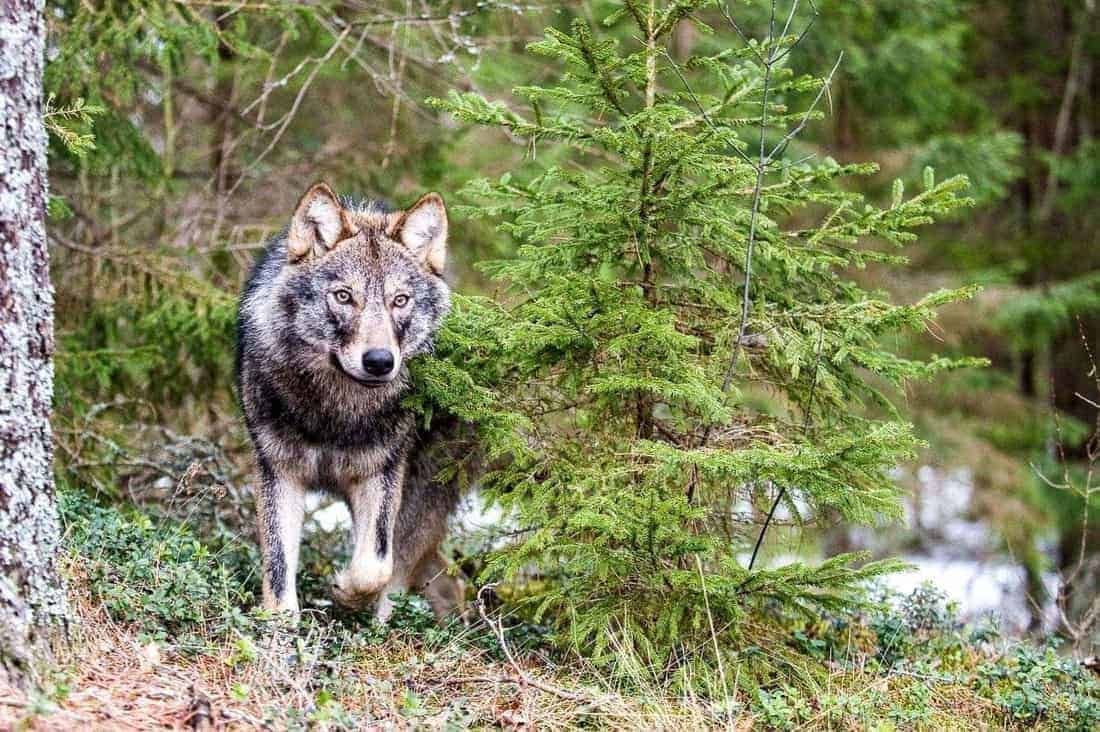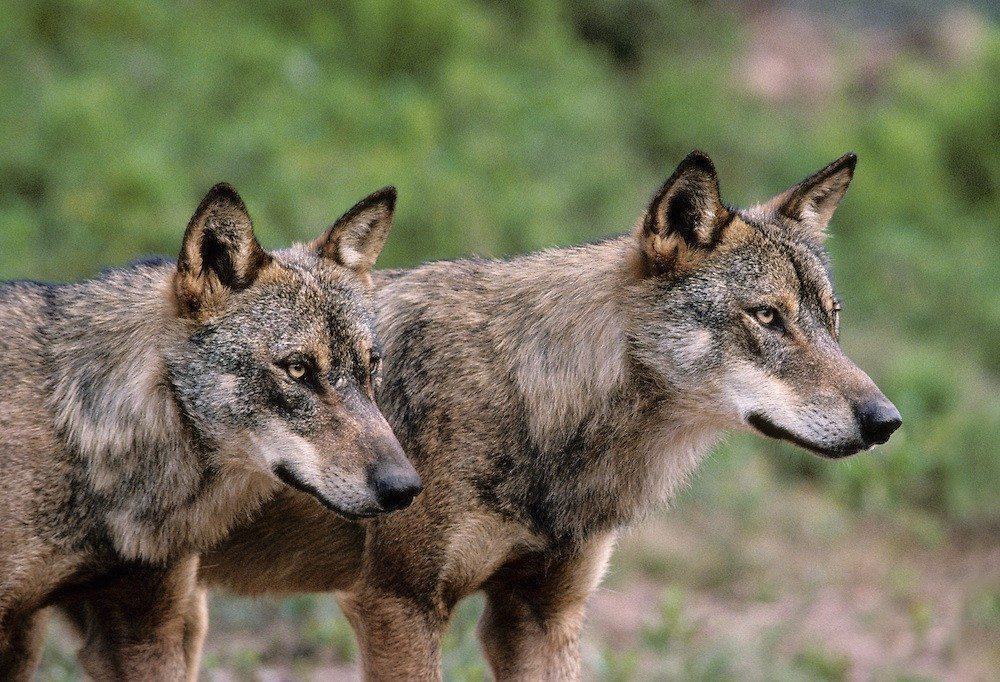Wolf tourism and citizen science
With the increasing media attention for the returning wolf, the curiosity for this animal grows as well. More and more people wonder how it is to see a real wolf. The chances that you spot a wolf in the wild are very low. Wolves tend to avoid people and prefer not to be disturbed. With their excellent hearing and smell, the wolf is aware of our presence long before we are even able to see it. Yet, wolf tourism is growing. And it does not only benefit the curious visitors, also the wolf conservation work. Actually, wolf tourism is more beneficial than many believe.
Please also read: Exclusive interview with a wolf
Tracking wolves in Germany and Slovakia
The wolf tourism and citizen science is growing in Europe. Almost 15 years ago, the first citizen science reports appeared on wolf populations in Slovakia. The first tourism companies are now offering wolf-expeditions in Germany, like wildlife conservation non-profit Biosphere Expeditions. On their 7-day trip in Lower Saxony, participants learn how to recognise wolf presence, study the area and collect data. They can record tracks, collect scats, and carry out wildlife surveys. Using camera traps, the participants have a chance to actually see a wolf indirectly as well. The expedition comes with a price tag of course. However, a big part of the finances are allocated to support further conservation work in the area.
In the Oberlausitz, another form of wolf tourism established. You can do the Wolf Bike Trail, a 40km ride through wolf habitat near the Polish border. And around Königsbrücker Heide Wilderness, the protected area management also offers tours. The area is home to a wolf pack in and old military zone that is unused for decades. You can visit the area with various walking- and bike trails, or join the bustour into the buffer zones.
Searching wolves in Austria
Also in the Austrian Allentsteig, home to the first wolf pack, a form of wolf tourism developed. Allentsteig is a military training area, therefore tourism is actually not possible. Yet, the management organises a tour through the area several times per year, offering tourists a glimpse of the wolf area. Although the chance of seeing a wolf is close to zero, tracks and scats are commonly present.
Can citizen science help?
The combination of wolf tourism and citizen science is a useful combination to raise awareness and understanding. The people who are willing to learn about the wolf, can contribute to its conservation by collecting data and supporting the process financially. Of course, wolf tourism focuses on a species that is rarely seen. But imagine that you do get a glimpse of the animal, that would make the trip definitely worth it.
Stay up to date on the Wilderness news, subscribe to our Newsletter!










